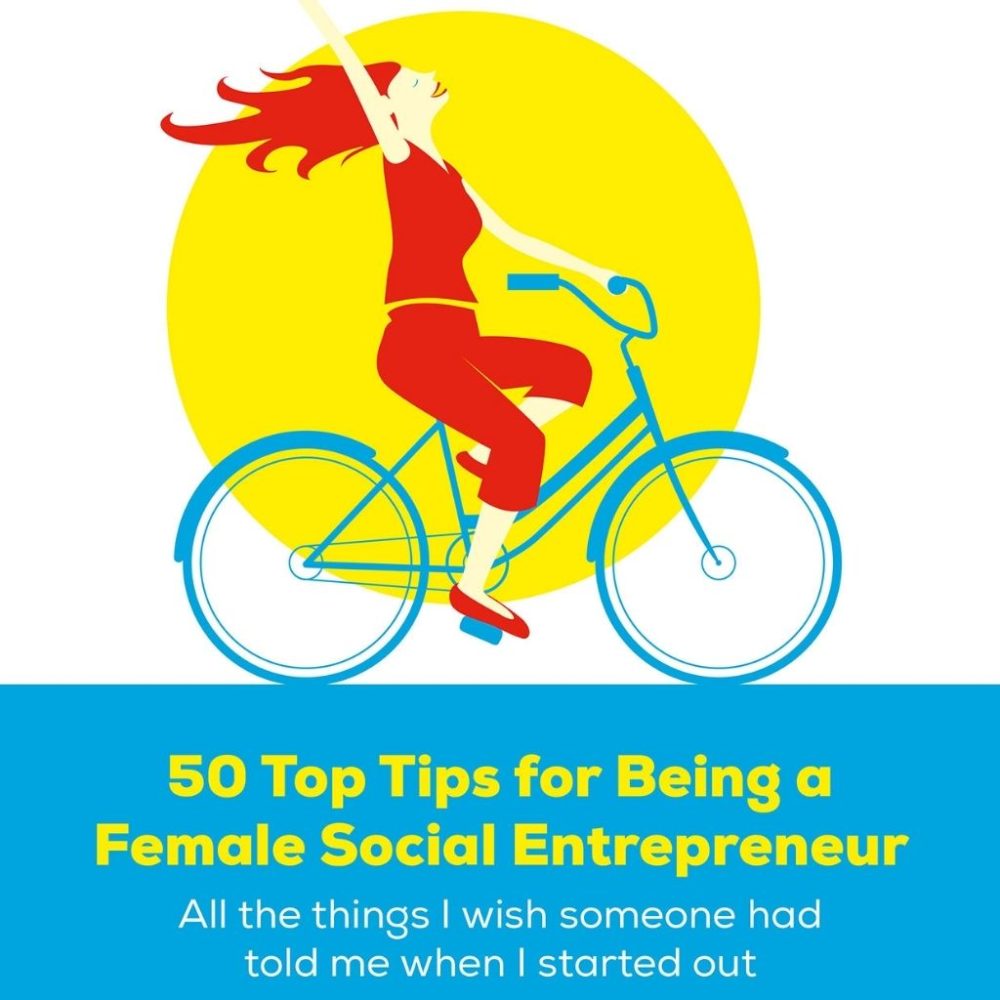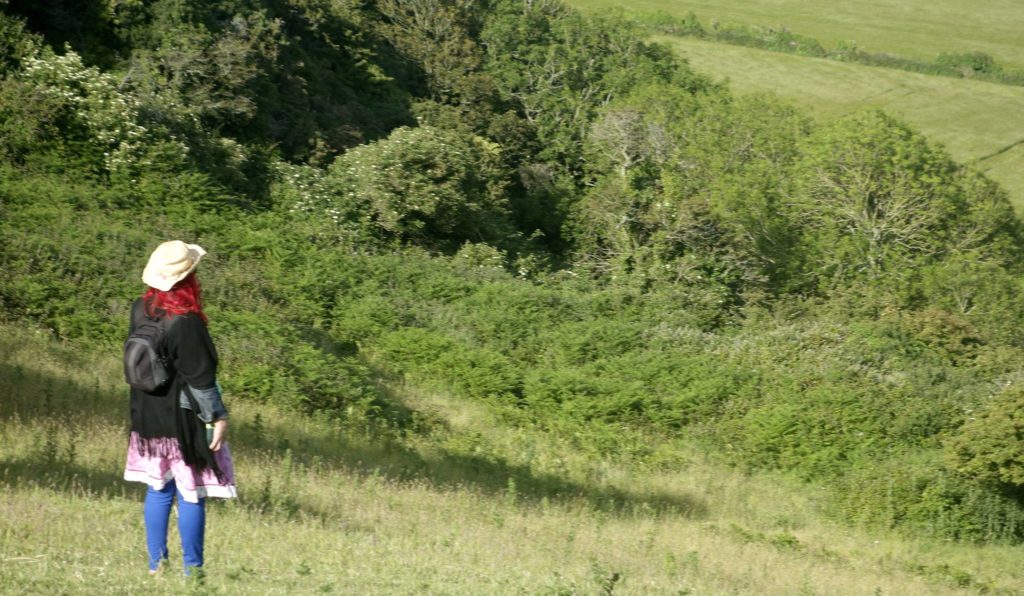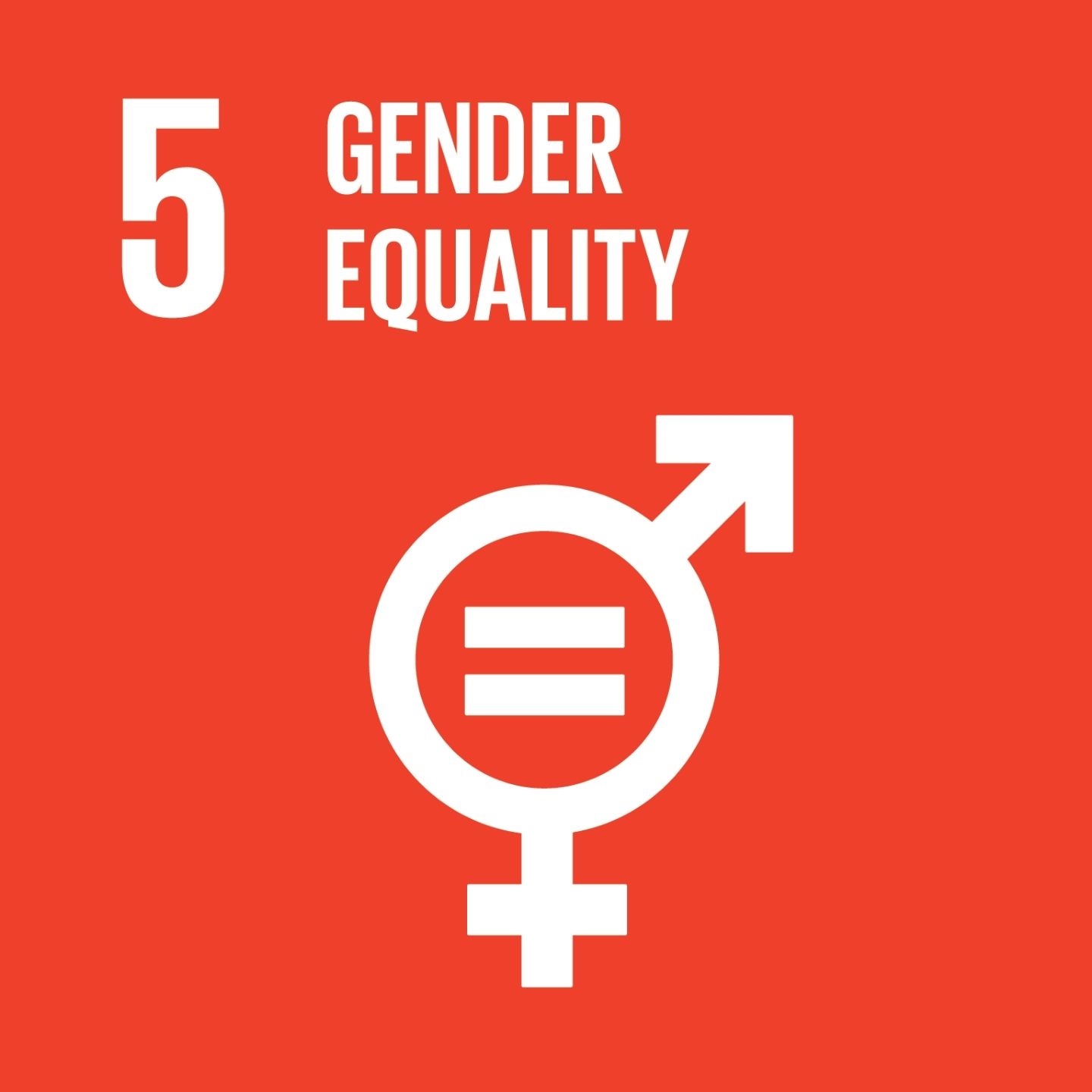Have you ever been in a meeting online which wasn’t actually that great? How often has it just been a convenient but poor substitute for the real thing? This needs to change and fast!
Now more than ever we need to ensure that we DO run great virtual meetings - here are 10 top team meeting ideas to help you be the person who does.
We are in the grip of a pandemic. Most people who can are now working from home. Many of us are fortunate to have laptops and internet so that we can do this and stay connected with our colleagues, clients and networks. But how do we ensure that we maintain the quality of conversations and connections which we get when we meet-up in person?
As how many times have you had a meeting online which wasn’t actually that great? Perhaps the tech failed, perhaps we felt invisible and unheard, or perhaps we didn’t really show-up, as we were actually thinking about or doing something else at the same time. However to ensure that we don’t get left behind or isolated during this difficult time we now need to ensure that we DO run great virtual meetings. Make your zoom meetings as good as your physical ones!

Here are 10 team meeting ideas to ensure everyone thinks your next online zoom meeting is great:
- Send a Good Invite. Send an agenda and clear joining instructions by email, in good time, with date, time and zoom link. So everyone knows what the meeting is all about, what to expect and how to join it. Send these by calendar invite as well as by email, so they are easy to find and access when needed.
- Send Reminders. So everyone remembers and actually shows up. Consider also sending reminders via FB messenger or Whatsapp or other social messaging platform the attendees might use. As the reason most people don’t show up is because they forget or double book.
- Be Prepared. For people who aren’t used to using video calls then it might be useful to also provide some practical tips with the invite and also to go through these at the beginning of the call. Seth Godin suggests this simple 9 point checklist.
- Be On Time. Make sure you are already there at least 5 minutes before everyone else arrives, to ensure everyone else can get in ok and to welcome them. Just like you don’t want to be the last one to arrive an offline meeting - well the same rules apply!
- Start with a Check in. Invite everyone to share how they’re feeling, to make sure everyone is ok and feels supported. I always do this but it’s especially important now while people are feeling stressed and anxious. I like this article from Bethan Harris of Collectively where she shares useful virtual meeting tips as well as other ‘coping strategies’ for working from home and looking after your mental health: Loneliness and Homeworking
- Make it Fun. Consider using an icebreaker as well as a check-in. This is useful for a larger group or one where people don’t already know each other well. 5 Icebreakers for Distributed Team Meetings.
- Have a Conversation. People hate meetings but they don’t hate conversations. I love Seth Godin’s daily blog, which always inspires me to see things differently. Here is his recent one: Let’s have a conversation instead* on how to make a virtual or zoom meeting, less about the meeting and more about the conversation.
“A conversation involves listening and talking. A conversation involves a perception of openness and access and humanity on both sides.If you’re trapped in a room of fifty people and the organizer says, “let’s go around the room and have everyone introduce themselves,” you know you’re in for an hour of unhappiness. That’s because no one is listening and everyone is nervously waiting for their turn to talk. But if you’re in a conversation, you have to listen to the other person. Because if you don’t, you won’t know what to say when it’s your turn to talk.” - Use Breakout Rooms. This zoom function can help you to facilitate these conversations. The video Breakout Rooms allow the Zoom meeting host to create smaller groups within a larger meeting or training session.
As the host you could speak for two minutes or ten minutes to establish the agenda and the mutual understanding, and then press a button to take everyone to break out rooms.They can have a conversation with one another about the topic at hand. Not wasted small talk, but detailed, guided, focused interaction based on the prompt you just gave them. 8 minutes later, the organizer can press a button and summon everyone back together.* - Get Feedback. Bring everyone back into the main meeting and get feedback from the groups to everyone else, just like you might in a larger physical meeting, but use the chat function to do this. Consider designing your agenda so you alternate this group feedback with more smaller break out conversations.
- Allow Final Reflections. It is important to allow time for everyone to have an opportunity to reflect and also to agree on any actions and next steps. For small meetings ensure time for everyone to be heard or for larger meetings again do this via the breakout rooms.

Oh and one final top tip!
Only have a meeting if you actually need one! Would a memo or email be sufficient right now? As ever I’m with Seth Godin on this one,
“Only have a real-time meeting if it deserves to be a meeting. If you need people to read a memo, send a memo. If you need students to do a set of problems, send the problems. If you want people to watch a speech or talk, then record it and email it to them. Meetings and real-time engagements that are worthy of conversations are rare and magical.”Again I’ll leave it to the master Seth to have the final word here;
“If you want to do a lecture, do a lecture, but that’s prize-based education, not real learning. If people simply wanted to learn what you were teaching, they wouldn’t have had to wait for your lecture (or pay for it). They could have looked it up online.
But if you want to create transformative online learning, then allow people to learn together with each other. Connect them. Create conversations.”
– Seth Godin
I hope you find these tips useful, let me know how you get on and let me know about any others which you think should be there. [email protected]











